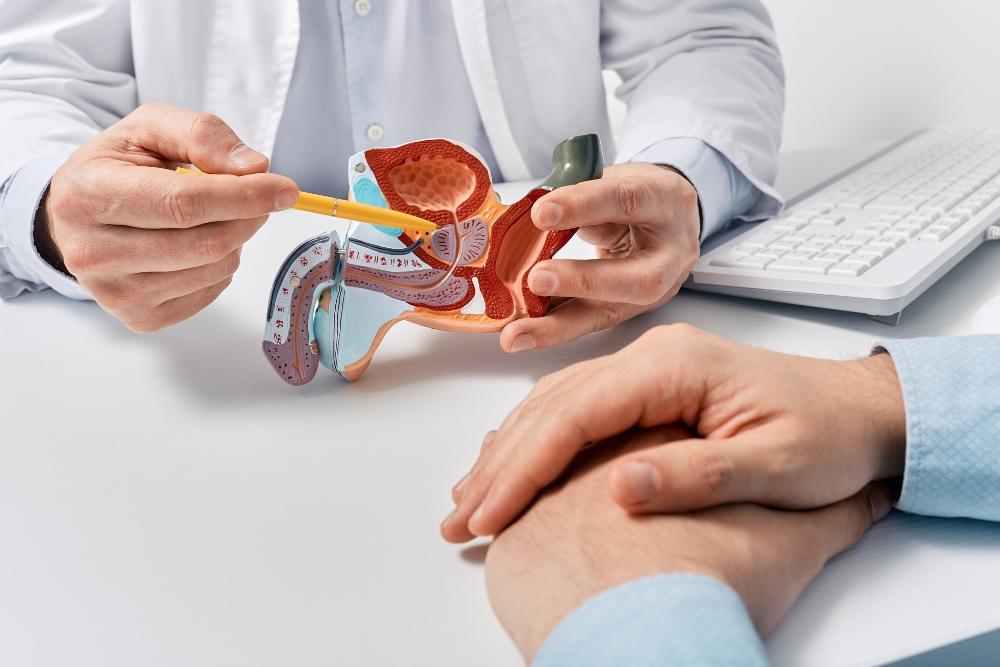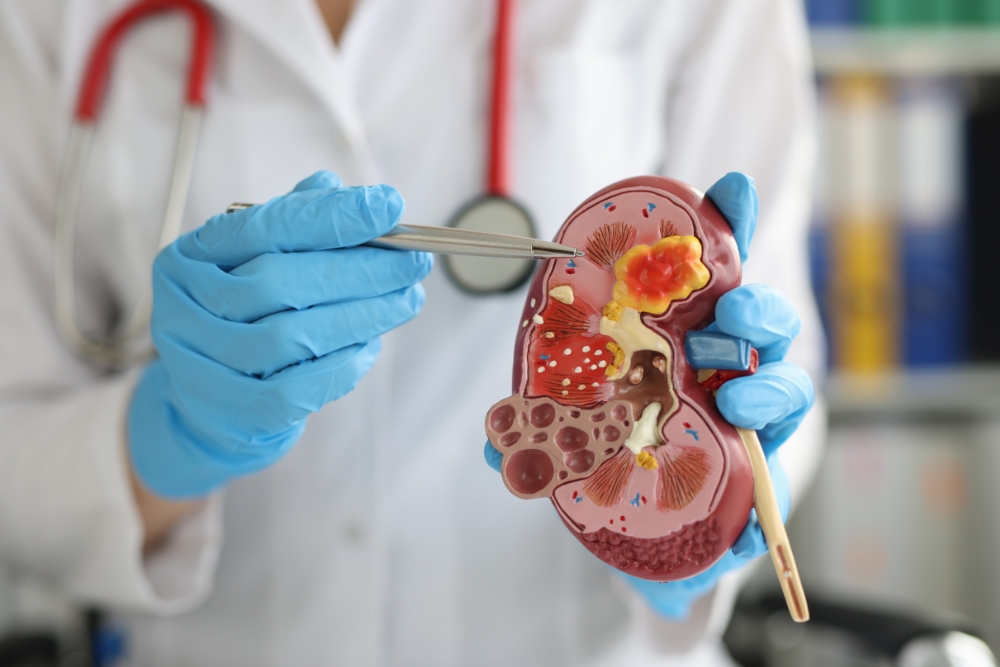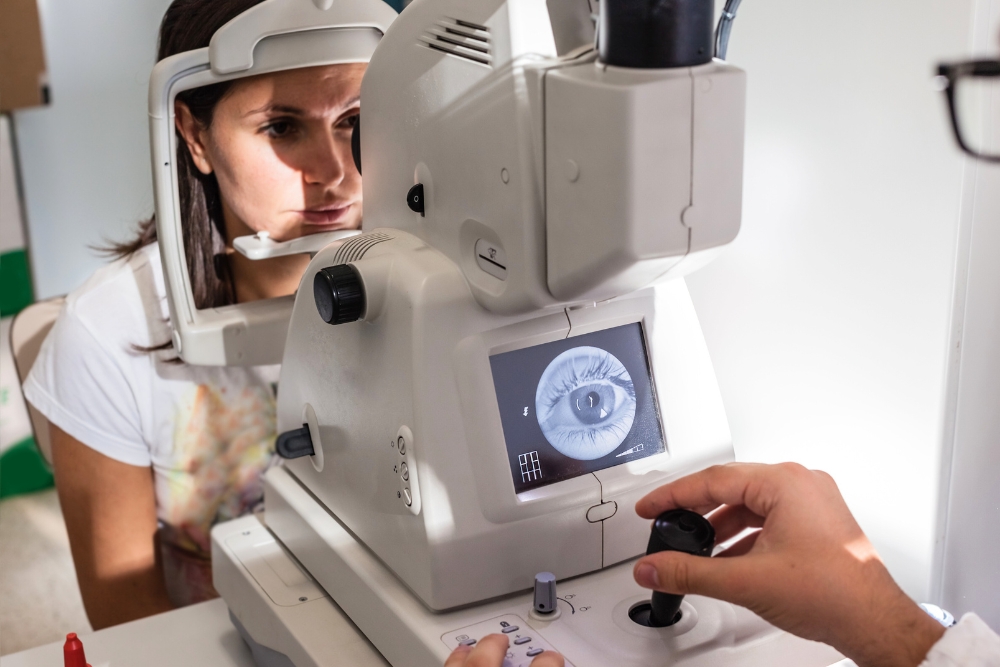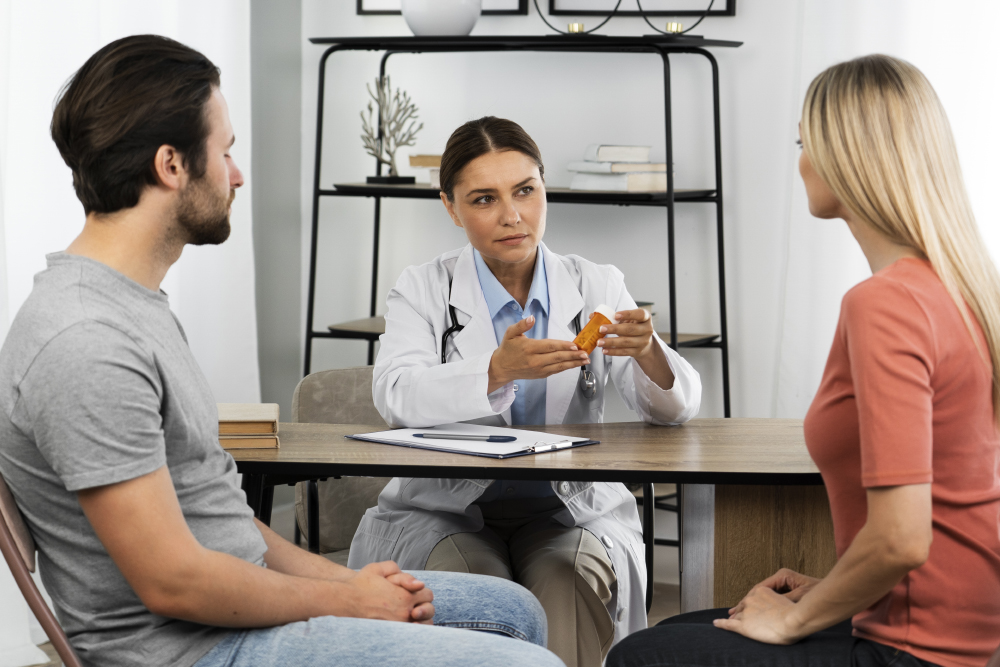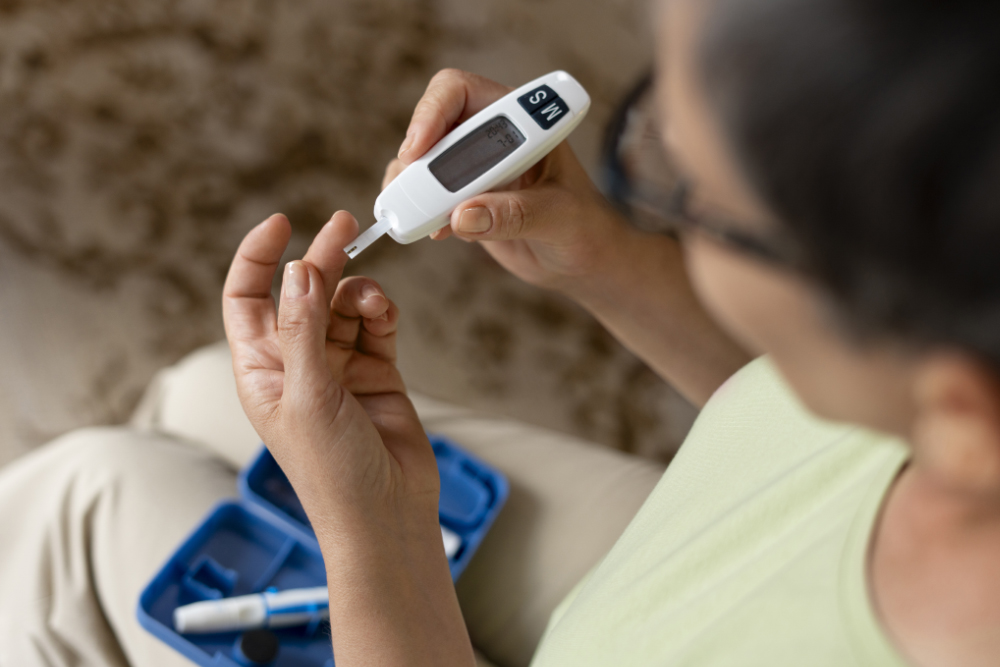-
Understanding Chickenpox: Symptoms, Stages, and Prevention
-


Chickenpox, once a common childhood illness, is now far less frequent thanks to vaccinations — but it still appears in communities, especially among unvaccinated individuals. This itchy, blistering viral infection may seem harmless to some, but in certain cases, it can lead to serious complications. Here’s everything you need to know to recognize, manage, and prevent chickenpox.
Chickenpox is a highly contagious viral infection caused by the Varicella Zoster virus. It primarily spreads through the respiratory tract and is known for its hallmark itchy rash and fluid-filled blisters. While most people recover in about 5–10 days, it can cause severe illness in high-risk individuals.
While anyone can get chickenpox, some groups are more vulnerable to complications:

Early symptoms often mimic a mild cold, but they quickly progress to noticeable skin changes. Here’s what to look for:
Chickenpox spreads very easily through:
If someone in your household has chickenpox, isolation and hygiene are essential to prevent spread.
After exposure, symptoms typically appear between 10 to 21 days. A person becomes contagious 1–2 days before the rash appears and remains contagious until all blisters have crusted over.

Consult a doctor immediately if you notice:
You can follow self-care measures at home to relieve chickenpox symptoms:
Yes, absolutely! The Varicella vaccine is safe and effective.
Chickenpox may be common, but it should never be taken lightly — especially for those at higher risk. With awareness, proper care, and vaccination, chickenpox is a preventable and manageable illness.
If you or a loved one show symptoms or fall into a high-risk group, don’t hesitate to consult your healthcare provider.
